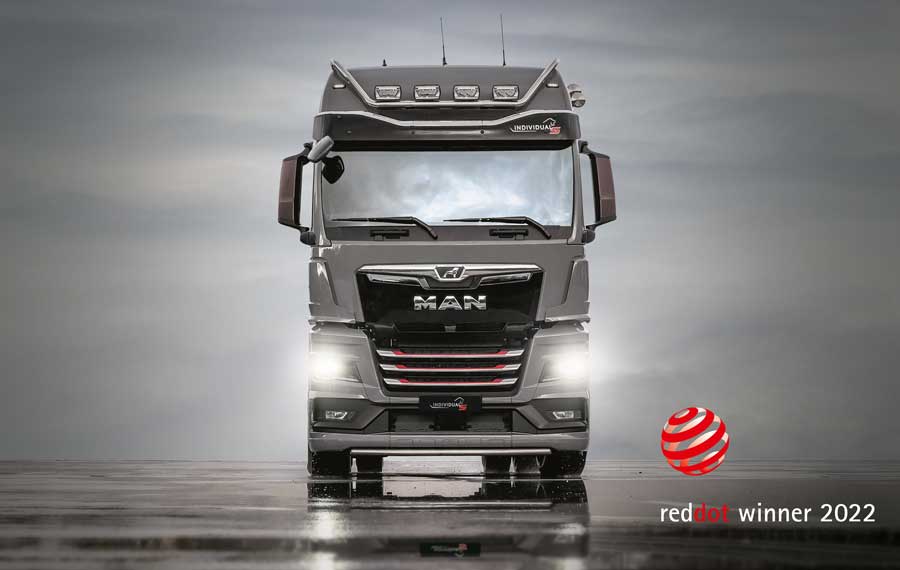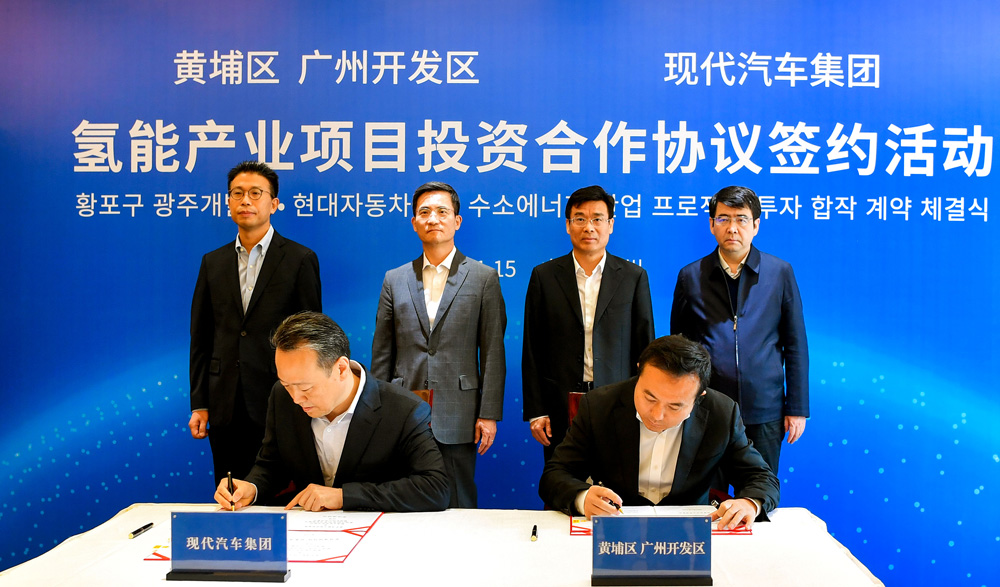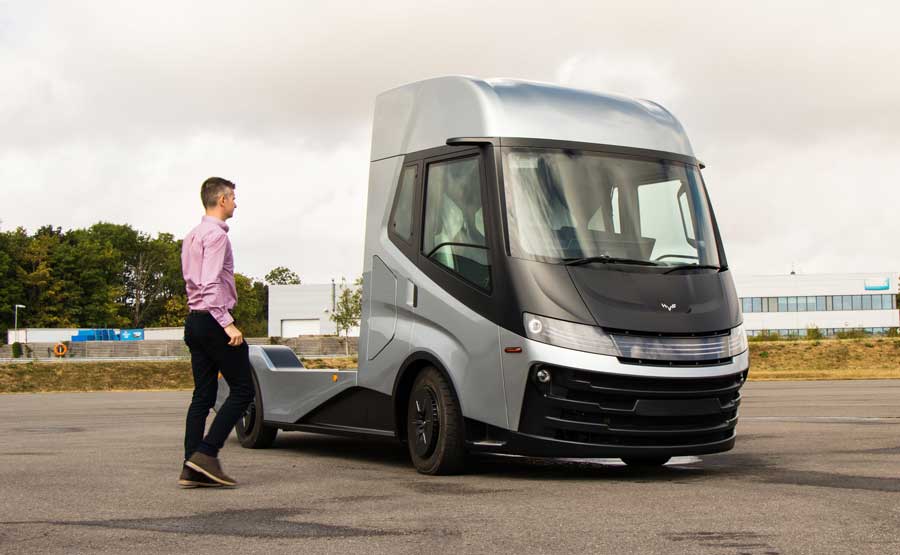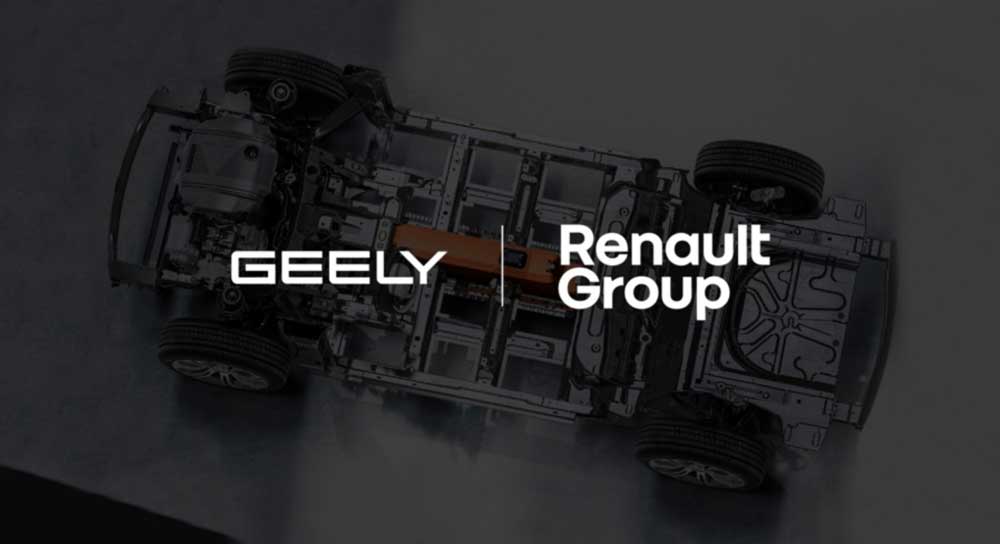Volkswagen Commercial Vehicles celebrates an extraordinary history. The Transporter – aka Bulli, Kombi, VW bus or microbus – has had the world’s longest production run for a commercial van. On 8 March, 70 years before, the first transporter came off the assembly lines at the Volkswagen plant in Wolfsburg as a Type 2. After the Beetle (Type 1), this was the second world bestseller under the VW label. To date, more than 13 million more units have followed the first produced unit of the model series. The history of this cult classic spans six vehicle generations. Globetrotters travel the world with it as a camper. Businesses have always considered the Transporter a trusty companion for their employees and goods. Families drive the Bulli through their daily lives in safety. Today’s retrospective marks the beginning of the future of this icon.

Even its conceptual beginnings were legendary. In addition to the Beetle, the up- and-coming economy in Europe needs a larger vehicle. The original definition by Volkswagen for a compact commercial vehicle with maximum use of space: boxer engine in the rear, driver far forward and a lot of space in between. These are the characteristics of the T1 – the first generation of the van that the Volkswagen engineers developed.

The T1 – 1950 to 1967
On 11 November 1949, Volkswagen revealed to the media a hand-built transporter prototype with a panel van design. What was still lacking was a name. As early as 1949, Volkswagen took actions that included registering the name “Bully” as a trademark with the patent office. The bit of bad luck: Another company had already secured the rights. Regardless, VW paved the way for public use of the name, quickly modifying the internal VW name of Bully to Bulli. The unofficial name of the transporter was born. But it would take more than half a century for Volkswagen Commercial Vehicles to finally obtain the patent rights for the trademark in 2007. Then every model of the series could also get the official name that its fans had already been using for many years.

The history of the Bulli is a journey through time. 1950: We people of today have either no memories or just a few that go back 70 years. Music helps to bridge across the decades. 70 years ago, Bing Crosby was a musical superstar; his “White Christmas” is still one of the best-selling songs of all time. Volkswagen was just a startup company back then. Its newest product: the Transporter. The engine and gearbox came from the Beetle; the body, including a reinforced underbody assembly, was a new development. Maximum payload: 750 kilogrammes – worthy of the designation “economic wonder”. The car could be accessed through the wing doors or later through the optional sliding door on the passenger’s side. The T1 launched as a panel van, a passenger van with windows and as an eight-seat bus. The most legendary Bulli followed in 1951: the “Micro Bus De Luxe” – unofficially known as the “Samba bus” – with all- round windows, distinctive roof windows and a folding sunroof. One year later, the pickup appeared on the market, a type of lorry for the 1950’s. Various special body types quickly emerged from this range. Westfalia contributed the “camping box” – a module that made the transporter the first compact motorhome. In 1956, production was moved to a new plant in Hannover to better satisfy the constantly growing demand for the vehicle. Starting in 1957, it was also produced in Brazil. Until its successor launched on the market in 1967, just around 1.9 million people had purchased the transporter with the split windscreen (“splittie”) and distinctive nose, making it a global success.

The T2 – 1967 to 1979
Wild times in which not only rock music was invented: In August 1969, musicians like Jimi Hendrix, Joan Baez and Bob Dylan wrote history in Woodstock, and Pete Townshend of The Who composed the legendary rock opera “Tommy”. Three days of peace & music in Woodstock at which the most famous of all VW Bus photos was taken: of the “flower power T1” with a couple on its roof. Perhaps it was then that a transformation had begun from a vehicle to an icon and an attitude towards life. In Hannover, two years before, production had begun for the second generation of the Transporter. Then it made sense to differentiate between the T1 and T2 when talking.

The T2 took the utility of the T1 into a new era. It also immediately established it as a multifunctional tool. Visual cues of the T2 included a new front end, now without the typical “V” of the T1, but with a curved windscreen (“baywindow”) and an air intake grille beneath it. The T2 now had a sliding door as standard. As a camper from Westfalia with a pop-up roof, it became more of a globetrotter than ever. Starting in 1972, there was even an electric VW transporter that could be driven with zero local emissions. At the Hannover plant itself, 2.14 million vehicles were built until it was replaced by the T3 in 1979. Production continued far longer in South America and South Africa. The VW plant in Sao Paolo definitely holds the record for the longest production period: The last 1,200 units of the T2 – the “56 Anos Kombi – Last Edition” – were built end of 2013 at Volkswagen do Brazil.
The T3 – 1979 to 1992
The world had changed again by the end of the 1970’s. Once again, songs help to make the memory jumps: “Sultans Of Swing” by Dire Straits was broadcast to car radios with crystal clear sound; The Police released “Message In A Bottle” and Pink Floyd created the world’s most successful double album with “The Wall”. Volkswagen accompanied this soundtrack in 1979 with the new T3. Conceptually, it has links to the previous model, but it transfers its ideas to the present thanks to new and modern technologies. Volkswagen made great strides in the area of passive safety. The wider body, with length and height unchanged, also offered more passenger and cargo space; the flat engine concept that was now used universally contributed to this greater space. Starting in 1981, the flat engines were also available as diesel for the first time. And the new chassis now offered passenger car like handling properties.

In 1985, Volkswagen added many other innovations. The petrol engines got catalytic converters, and the first diesel engines a turbocharger. Above all, however, the product range was enriched by all-wheel drive syncro models with a viscous clutch between the front and rear wheels. Thanks to its ideal space utilisation, the T3 became an even better basis for camper vans. Even more: Starting in 1988, the California made its debut as a campervan built in-house. When the last T3 left the assembly line at the Hannover plant plant, 1.3 million units had been sold, new versions like the Caravelle and Multivan had become established as best-sellers, and limited editions like the Multivan White Star and Blue Star became icons. In South Africa, production of the T3 continued until 2005 as a right-hand steering vehicle. This increased the total units to more than 1.4 million.
The T4 – 1990 to 2003
It has been 30 years since Roxette sang “It Must Have Been Love” and UB 40 sang “Kingston Town”. Also happening in 1990 was a technical revolution with the debut of the T4: After 40 years of the rear-wheel drive Bulli with a flat engine, Volkswagen Commercial Vehicles turned the concept around. Now, the new series engine – and later the VR engines as well – were front-mounted and drove the front wheels. This transition to front-wheel drive changed everything: design, suspension, engines and space. Now there was significantly more available space, primarily at the rear where the flat engine still took away some volume in the T3. The new independent rear suspension and optional syncro all-wheel drive only took a little of this space. The new drive layout and the new chassis made its handling even more like that of a passenger car. At the front, the T4 grew longer so as to create sufficient space for the transverse-mounted inline four-cylinder and five-cylinder engines, and it produced better crash properties.

Volkswagen Commercial Vehicles also offered the Transporter with two different wheelbases for the first time. The Multivan used the added interior space to its advantage, as did the new California. Meanwhile, in 1995, Volkswagen Commercial Vehicles became an independent Group brand, and it was more successful than ever. The T4 experienced a comprehensive model update in model year 1996. A lot changed, especially under the bonnet. The five-cylinder diesel engine offered in the T4 was the first TDI (turbodiesel direct injection) to be installed in one of the brand’s transporters. The longer front end of the passenger car variants now even enabled installation of a VR6 petrol engine. When the fourth generation was retired in 2003, 1.9 million units had been sold of the panel van, kombi, double cab, pickup and chassis with single and double cab, Caravelle, Multivan and California.
The T5 – 2003 to 2015
The 2000’s are still nearly in the present. Their music too. The sounds of this era explored new dimensions. 50 Cent released “In Da Club” and Robby Williams stormed the charts with “Feel”. When the fifth generation Bulli gained momentum in early 2003, the design concept was a continuation of the lines of its predecessor. However, its broader and more distinctive body lines gave the T5 a much more powerful appearance. At the same time, it was a culmination of styling with its new aesthetic, awakening the emotions to complement its practical utility. Developers systematically trimmed the interior for better ergonomics. This was especially noteworthy at the driver’s workplace which was distinguished by a steering wheel with tilt and height adjustment and a new joystick shift lever on the centre console. A new feature at the rear: Since most versions of the T5 Multivan offered two sliding doors, the table for the rear passengers was moved from the left side wall to the middle of the vehicle; mounted on a pair of floor rails, it could be positioned as desired.

The new California is now produced by Volkswagen Commercial Vehicles in Hannover for the first time. During this process, the base vehicles produced in the main plant (Hannover-Stöcken) are taken to a new dedicated production facility in the Hannover district of Limmer, where they are fully fitted out as camper vans.
Among the passenger car versions, the Caravelle, Multivan and California were continuations of three extremely successful model names. At its launch, four new pump-nozzle turbodiesels and two petrol engines handled propulsion. The petrol engines ranged from four-cylinder units to a V6 powerplant. A completely new development was the 4MOTION all-wheel drive with a variable and electrically regulated multiplate clutch between the front and rear axles. Along with the standard versions, there were a number of limited edition models: such as the California NoLimit, the Multivan PanAmericana and the Multivan Biker. In October 2010, Volkswagen celebrated the 25th anniversary of the Multivan with the Edition 25. By 2015, around 1.65 million T5 vehicles had come off the assembly line in Hannover.
The T6 and T6.1 – 2015 to 2019 / since 2019
The T6 drove onto the automotive stage in 2015 as the next evolutionary stage of its predecessor. The new Bulli was marked by new engines, even more intelligent driver assistance systems and a new infotainment programme. On its exterior, the T6 could be made out by its newly designed front end. The rear view also showed a new independence. Despite all of its innovative power, the new two-tone paint elicited pleasant memories of the first generation Bulli. One of the most important updates was under the bonnet. Four new TDI engines and two TSI engines with a stop-start system made up the engines programme.

Even the T6 could be perfected, as the T6.1 update presented in Fall 2019 demonstrated. Volkswagen Commercial Vehicles transferred the further advanced cult model into the era of digitalisation. The new dashboard of the Bulli 6.1 offered fully digital instruments for the first time in the form of the “digital cockpit”. The infotainment systems have been networked interactively via e-SIM, offering online-based functions and services ranging all the way to digital fleet management. New electromechanical power steering also opened up the possibility of semi-automated driving functions. Efficient and clean turbodiesels (TDI) provided for propulsion. And so the Bulli is gaining even more momentum to cover the next 70 years. There are more than enough ideas about how the future of the world’s longest built commercial vehicle might look. It is a certainty today: The coming years will be more exciting and fascinating than ever for the Bulli.
The main production site of Volkswagen Commercial Vehicles in Hannover and its plant in Poznań, Poland are ideally equipped with highly advanced production systems for the Bulli generations of tomorrow. In November of last year, for example, a new top coat plant was started up in the Lower Saxony capital. It saves more than 25,000 megawatts of energy and 60 tonnes of vehicle paint annually. And the future will also be electric at Volkswagen Commercial Vehicles. Preparations for production of the ID.BUZZ are already running with high intensity in Hannover. The electric Bulli will be produced at the site starting in 2022. It will serve as a competency centre for electrically powered commercial vehicles that will address important future issues, including for the entire Volkswagen Group. In 2019, employees in Hannover and Poznań produced a total of nearly 190,000 transporters.










